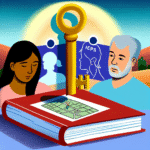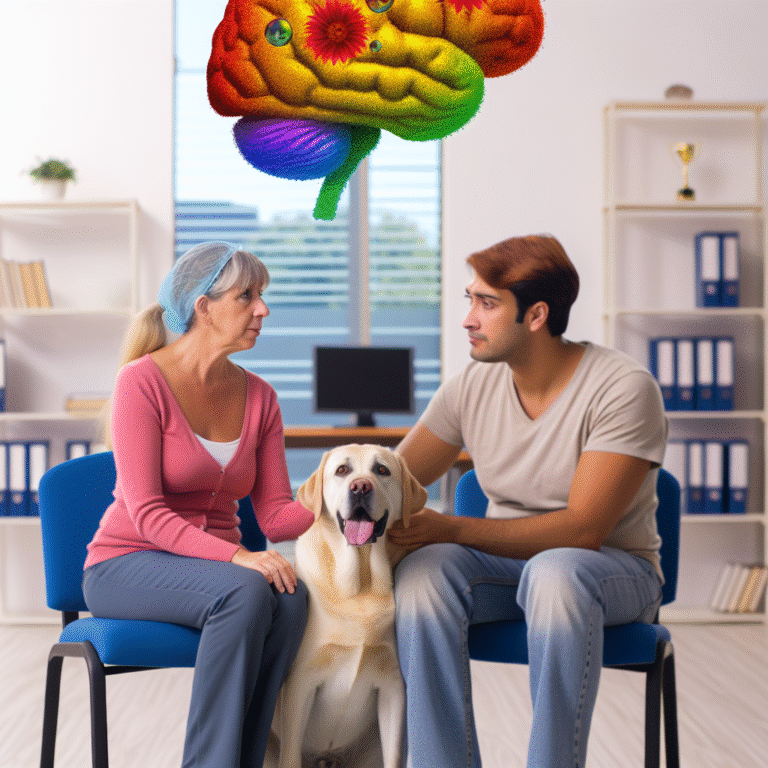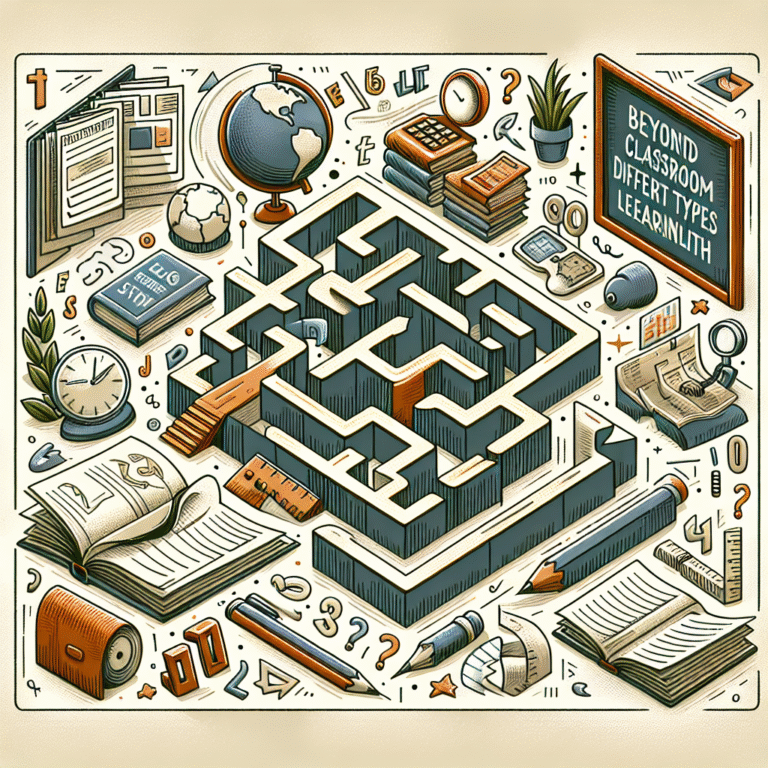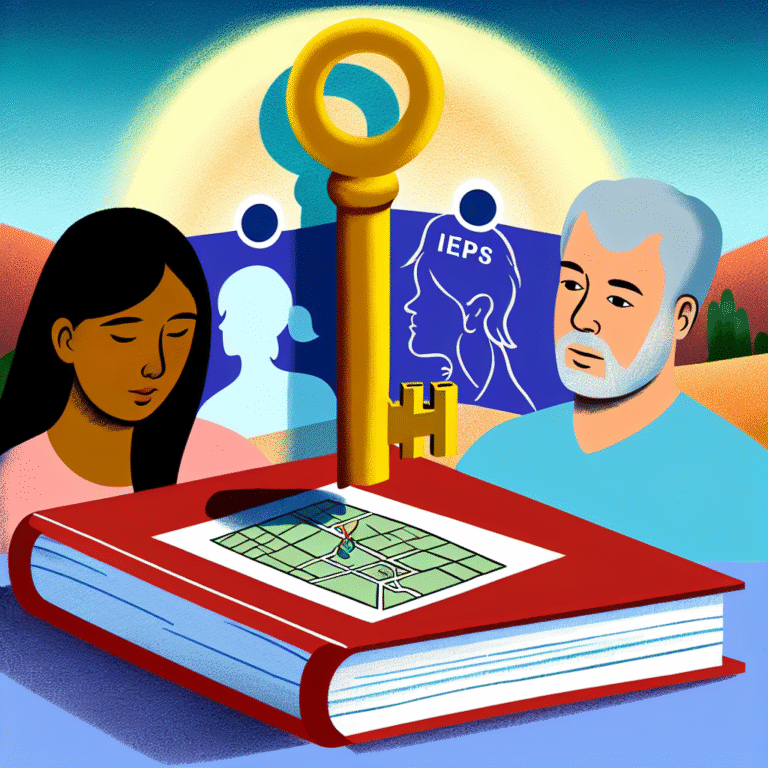
Navigating Trauma: The Most Effective PTSD Therapies You Need to Know About
Introduction
Navigating trauma can feel like a journey through an endless maze. For those living with Post-Traumatic Stress Disorder (PTSD), this maze often feels insurmountable. Whether due to combat experiences, childhood abuse, or a sudden traumatic event, the impact of trauma can last a lifetime. What’s crucial, however, is understanding that there are effective therapies available that can guide individuals back to a place of healing. In this article, we will explore "Navigating Trauma: The Most Effective PTSD Therapies You Need to Know About" that offer hope and practical strategies for recovery.
Understanding PTSD
What is PTSD?
PTSD is a mental health condition that occurs after an individual has experienced or witnessed a traumatic event. Symptoms can include flashbacks, nightmares, severe anxiety, and uncontrollable thoughts about the event. According to the U.S. Department of Veterans Affairs, about 7-8 in every 100 people will experience PTSD at some point in their lives.
Symptoms of PTSD
- Intrusive Memories: Recurring and distressing memories or flashbacks of the traumatic event.
- Avoidance: Avoiding reminders or thoughts associated with the trauma.
- Negative Changes in Thinking and Mood: Feelings of hopelessness, emotional numbness, or feelings of guilt and shame.
- Changes in Physical and Emotional Reactions: Hyperarousal, irritability, and difficulty sleeping.
Understanding the landscape of PTSD is crucial in navigating trauma and highlights the importance of seeking effective therapies.
The Most Effective Therapies for PTSD
1. Cognitive Behavioral Therapy (CBT)
CBT is one of the most researched and effective treatments for PTSD. This therapy addresses negative thought patterns and behaviors, helping individuals reframe their experiences.
Case Study: John’s Journey
John, a military veteran, struggled with vivid flashbacks and severe anxiety for over a year after returning home from deployment. Through CBT, he learned to identify his distorted thoughts, practice grounding techniques, and develop coping strategies.
Analysis: This case illustrates how CBT can empower individuals to confront and change their perception of traumatic events.
Overview of CBT Techniques
| Technique | Description |
|---|---|
| Cognitive Restructuring | Identifying and altering irrational beliefs |
| Exposure Therapy | Gradually facing feared situations or memories |
| Relaxation Techniques | Breathing exercises, mindfulness, etc. |
2. Eye Movement Desensitization and Reprocessing (EMDR)
EMDR is a unique therapy that combines elements of cognitive-behavioral therapy with bilateral stimulation (often in the form of guided eye movements).
Case Study: Sarah’s Healing
Sarah survived a severe car accident that left her paralyzed with fear around driving. Through EMDR, she was able to process the trauma associated with the event, leading her to regain confidence in her ability to drive.
Analysis: EMDR’s structured approach is effective at expedited trauma processing in a time-limited period.
3. Mindfulness-Based Therapies
Mindfulness involves being present in the moment without judgment and has shown effectiveness in PTSD treatment by reducing negative thought patterns.
Case Study: Mark’s Transformation
After experiencing a traumatic event during his childhood, Mark found it difficult to engage in his daily life. By integrating mindfulness techniques into his routine, he slowly began to cultivate a sense of peace and presence.
Analysis: Mark’s case reflects how mindfulness practices can enhance self-awareness and emotional regulation for PTSD sufferers.
4. Pharmacological Treatments
While therapy can be highly effective, some individuals might also benefit from medication. SSRIs (Selective Serotonin Reuptake Inhibitors) are commonly prescribed.
Considerations
| Medication | Effects |
|---|---|
| Fluoxetine (Prozac) | Helps alleviate depression and anxiety symptoms |
| Sertraline (Zoloft) | Reduces overall PTSD symptoms |
| Venlafaxine (Effexor) | Effective for anxiety and panic symptoms |
5. Group Therapy
Group therapy provides a supportive environment where individuals can share experiences and feelings with others facing similar challenges.
Case Study: The Power of Shared Experiences
A group of trauma survivors met weekly to discuss their experiences and coping strategies. One member reported feeling less isolated and more understood in a group setting.
Analysis: This illustrates that collective healing can make each individual’s journey more manageable through shared understanding.
Navigating Trauma: A Holistic Approach
1. Integrative Therapies
Combining various therapeutic approaches can lead to a more personalized treatment plan. Techniques like art therapy, yoga, and equine therapy can complement other methods.
2. Lifestyle Changes
Nutrition and Exercise
Investing in physical health through nutrition and regular exercise can greatly benefit mental well-being.
Case Study: Emily’s Holistic Change
Emily began exercising regularly and improved her diet after recognizing how much her physical health impacted her mental state. Over time, she reported a tangible reduction in her PTSD symptoms.
3. Building a Support System
Connecting with supportive friends, family members, or support groups can provide an emotional anchor in recovery.
Conclusion
Navigating trauma is undeniably challenging, but the range of effective therapies available today can significantly improve a person’s journey toward healing. From CBT to mindfulness techniques, there is hope and help in overcoming the shadows of PTSD. Each story of recovery is unique but interconnected by the collective effort toward understanding and healing.
Actionable Insights
- Seek professional help: Finding a qualified therapist can make all the difference.
- Stay connected: Engage in communities that encourage sharing and support.
- Explore treatment options: Embrace a mixture of therapies tailored to individual needs.
FAQs
1. How long does PTSD treatment typically take?
PTSD treatment duration can vary widely. Some may see improvements in a few months, while others may take years to address longstanding trauma.
2. Can PTSD be cured?
While PTSD may not be "cured" in the traditional sense, many individuals experience significant symptom reduction and improved functioning through therapy.
3. Is medication always necessary for PTSD?
Not necessarily. Many individuals find success with therapy alone, while others benefit from a combination of therapy and medication.
4. How can loved ones support someone with PTSD?
Listening without judgment, encouraging professional help, and respecting boundaries can significantly aid someone navigating trauma.
5. Are there alternative therapies available for PTSD?
Yes, alternative therapies such as yoga, art therapy, and acupuncture may complement traditional therapies and provide additional relief.
Remember, healing from trauma is a journey that can’t be rushed. The right therapy can help illuminate your path to recovery, making the once-insurmountable maze feel navigable. Exploring "Navigating Trauma: The Most Effective PTSD Therapies You Need to Know About" can ensure you or your loved one step confidently toward a more empowered life.









